Ahead of Zhuang Hong Yi’s solo show at the House of Fine Art in Mayfair, we asked the artist several questions on his technique, the current art market and the importance of social commentary in art. Zhuang Hong Yi’s works will be on show at the following locations:
19th to 25th March 2018 at HOFA Gallery, 30 Royal Opera Arcade, London, SW1Y 4UY
26th March to 8th April at HOFA Gallery, 58 Maddox Street (corner with New Bond Street), WIS 1AY
What inspired you to become an artist?
From an early age I have been a free thinker with a very creative mind. I have always had this obsession for planes and a romantic perception of the freedom they represented. For me, freedom is associated in the process of art and creation.
The aim was to express though my creativity the impressions captured by my mind of the environment around me, the people in it, the beauty and the emotions emerging from it. This is for me the idea of art: to convey a positive feeling: to allow people to feel happy, emotionally rich and complete.
Different emotions radiate from art and this is the meaning behind the name of my next solo show ‘RADIANCE’ hosted by House of Fine Art Gallery (HOFA) whom I have been working with for years now and who really believed in me. Our collaboration throughout the years has helped me establish myself in London which is an important hub when it comes to artists.
A lot of your works make use of heavy impasto. Have you considered working in another medium?
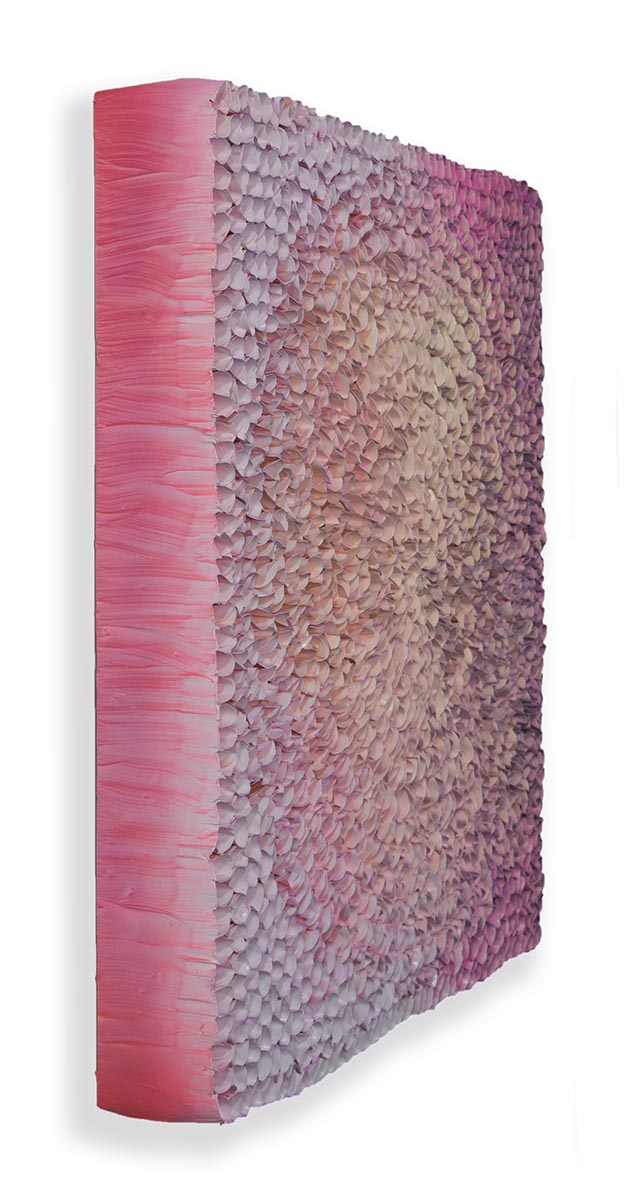 My works do use a lot of heavy impasto but also other mediums – acrylic, pigment and of course thousands of traditional fine Chinese rice paper which I cut and plant by hand to create the shape of lotus flowers and then paint mixing acrylic and oil paints.
My works do use a lot of heavy impasto but also other mediums – acrylic, pigment and of course thousands of traditional fine Chinese rice paper which I cut and plant by hand to create the shape of lotus flowers and then paint mixing acrylic and oil paints.
These mediums enable me to create the technique of changing colors. The flowerbeds I make are three dimensional in the sense that color changes when you move around it.
What is the significance of the flower motif found in a lot of your works?
Flowers have always had a big significance in my life and therefore the motif hasn’t been chosen by sheer coincidence.
I live in Holland where flowers are almost an emblem; they symbolize growth. The Dutch truly adore tulips, so I believe I could not have been inspired by anything else other than blooms.
Now of course, the other reason behind it is deeper and constitutes my commitment as an artist and the concern I have for nature and when some of my works are depicted as violent it is because I am representing the harm nature endures.
Is there such a thing as a Chinese aesthetic in contemporary art? If so, do Chinese artists need to be the champions of this?
The co-founder and art curator of HOFA, Simondida Pavicevic says; “There is in fact such a thing as Chinese contemporary art and we recognize this aesthetic with the following:
- lots of details,
- three dimensionality,
- mixed media,
- and always some very important spiritual meaning.
I believe Zhuang is one of the leading contemporary Chinese artists with prices appreciating year after year.’
What are the benefits and challenges of being a Chinese artist in an international market?
The benefits from being in an international market for any artist is the relationships you get to build thanks to it. London has always been important for me because it is a great centre for cultures and most of my work symbolizes the duality between Eastern and Western cultures.
HOFA has helped me establish myself on the London scene and we have worked together for so long – they are for me one of the most important galleries. I have also become friends with the founders and collaborating with them is highly enjoyable.
To what extent do you think art ought to be a social commentary?
We live in an era where giving your opinion not only matters but is highly encouraged. Art is a way to convey an opinion and to attract people’s attention to issues.
Historically, artists have always been giving their perceptions of society and the world we live in. Everyone then interprets the art through each person’s eyes and understanding.
The social commentary that I make though my art is the harm we do to earth and its nature.
Do you think artists have a responsibility to the public? Or is it the responsibility of the collector?
I believe the responsibility is both with the artist and the collector.
This shared responsibility is the reason why I have been working for so long with HOFA. There is an understanding and common centre of interests that make our relationship solid enough to share this responsibility.
Zhuang’s latest exhibition ‘RADIANCE’ is now live in London:
– 19th to 25th March 2018 at HOFA Gallery, 30 Royal Opera Arcade, London, SW1Y 4UY
– 26th March to 8th April at HOFA Gallery, 58 Maddox Street (corner with New Bond Street), WIS 1AY
HOUSE OF FINE ART BACKGROUND
London is inarguably one of the most important hubs of the art world, with only New York City to rival it. Middle Eastern clientele are increasingly playing their part in its boom, and in this sense it is the global leader. Simonida Pavicevic is an art advisor and co-founder of leading contemporary gallery House of Fine Art in St James’s:
“The younger generation of Middle Eastern art collectors are coming through and we are seeing funky, contemporary, decorative art as their primary focus. The majority of my clients are Middle Eastern and over the last few years we have seen a surge of interest in Asian artists Zhuang Hong Yi and Ilhwa Kim in particular. These are not just fabulous creations to behold, but have also proven excellent investments.”
“Zhuang is fantastically popular with Middle Eastern clientele, and has a delicate touch that floored me when I first came across his work. He’s immensely talented and I know that his star will continue to rise.”
The rise of Asian fine art internationally remains exponential, with no signs of slowing down. As little as ten years ago, the mere mention of contemporary art from Asia drew blank stares from all but a handful of cognoscenti. Admittedly, Takashi Murakami was already a brand, and a few Japanese artists may have been plying their trade in New York or London. While corporate giants, economists and politicians were proclaiming the Pacific Century, few took notice of the cultural currency quietly being minted by a new generation of artists throughout the region. What a difference a decade makes. Now, there’s hardly a museum on the planet that hasn’t showcased some facet of contemporary Asian art. Galleries scour the East, searching for the next big name. Collectors from all corners are in pursuit. Asia is no longer a stalking ground for the world traveller sort, but a true complement to the global art community.

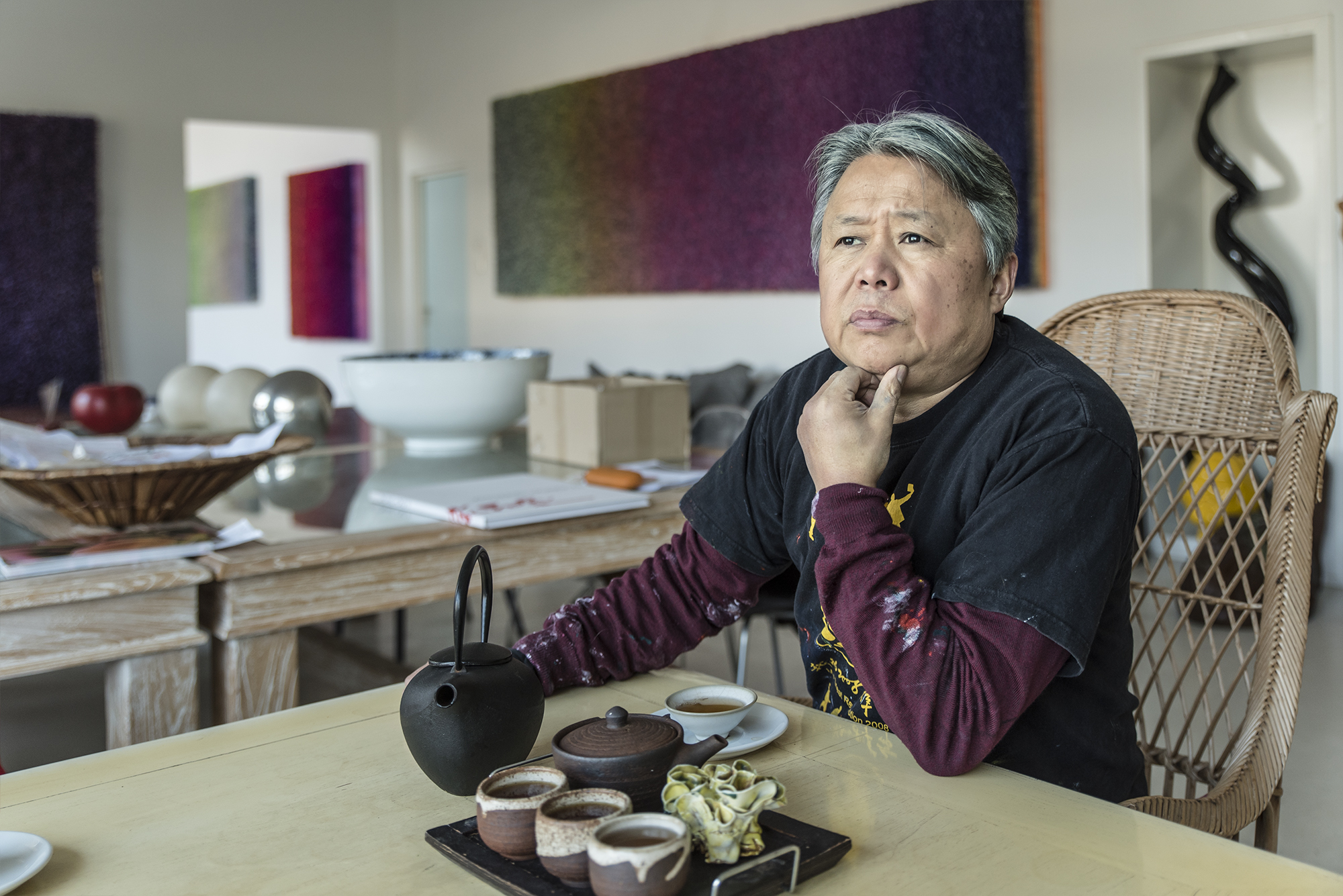
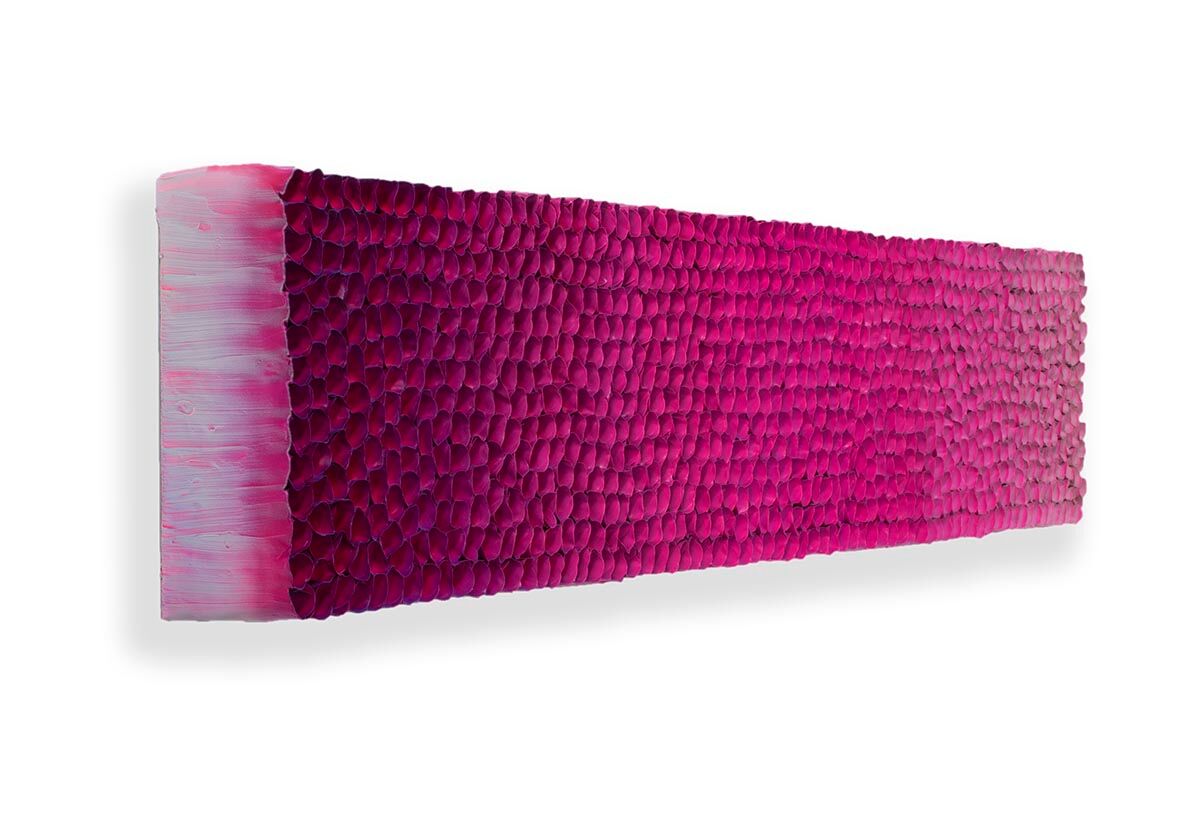
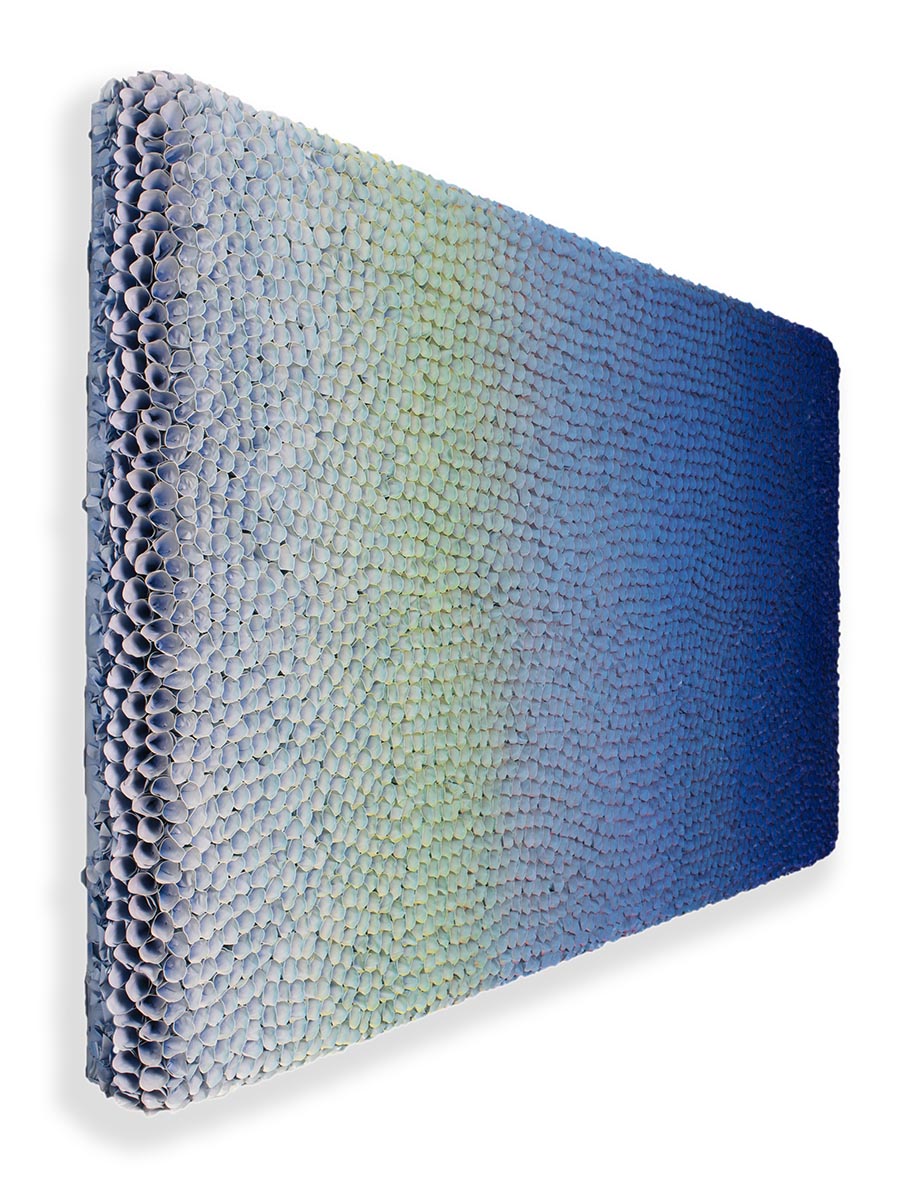
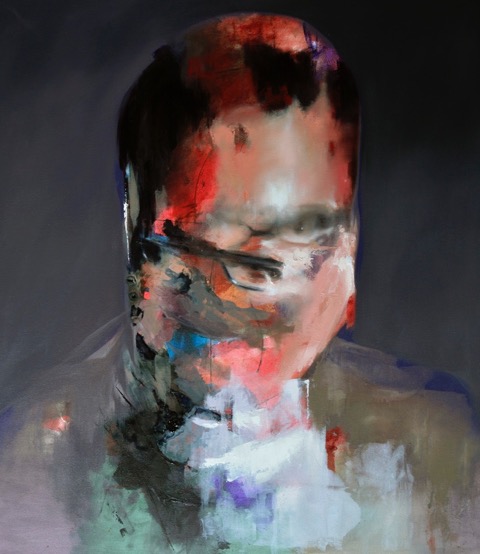
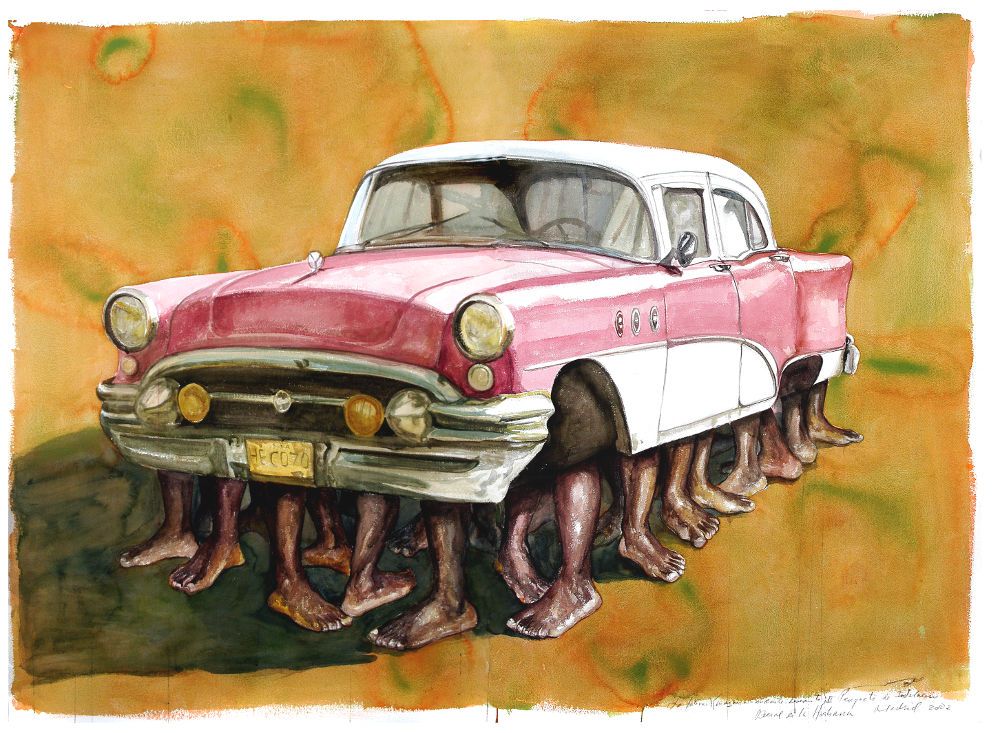
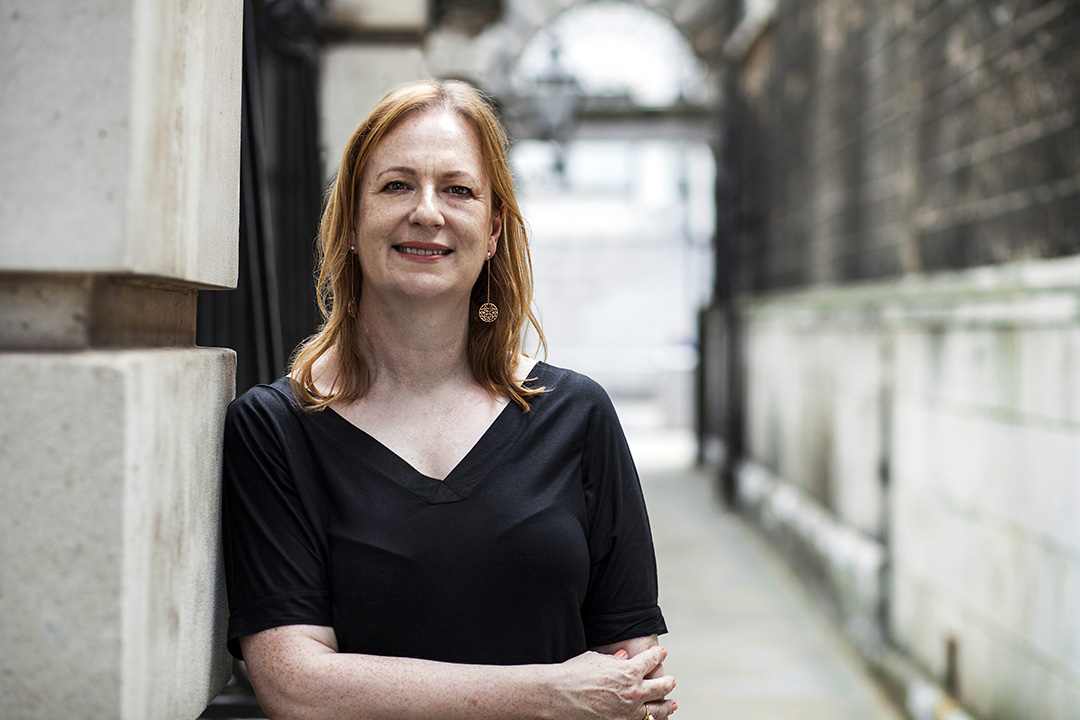
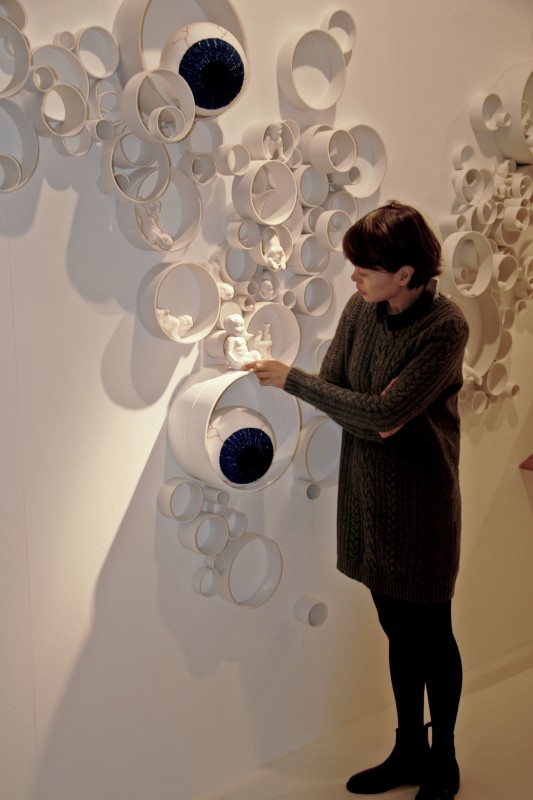
 Saving...
Saving...